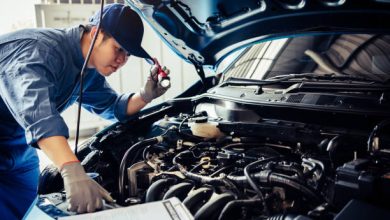Hidden Things To Look Out For When Buying A Car
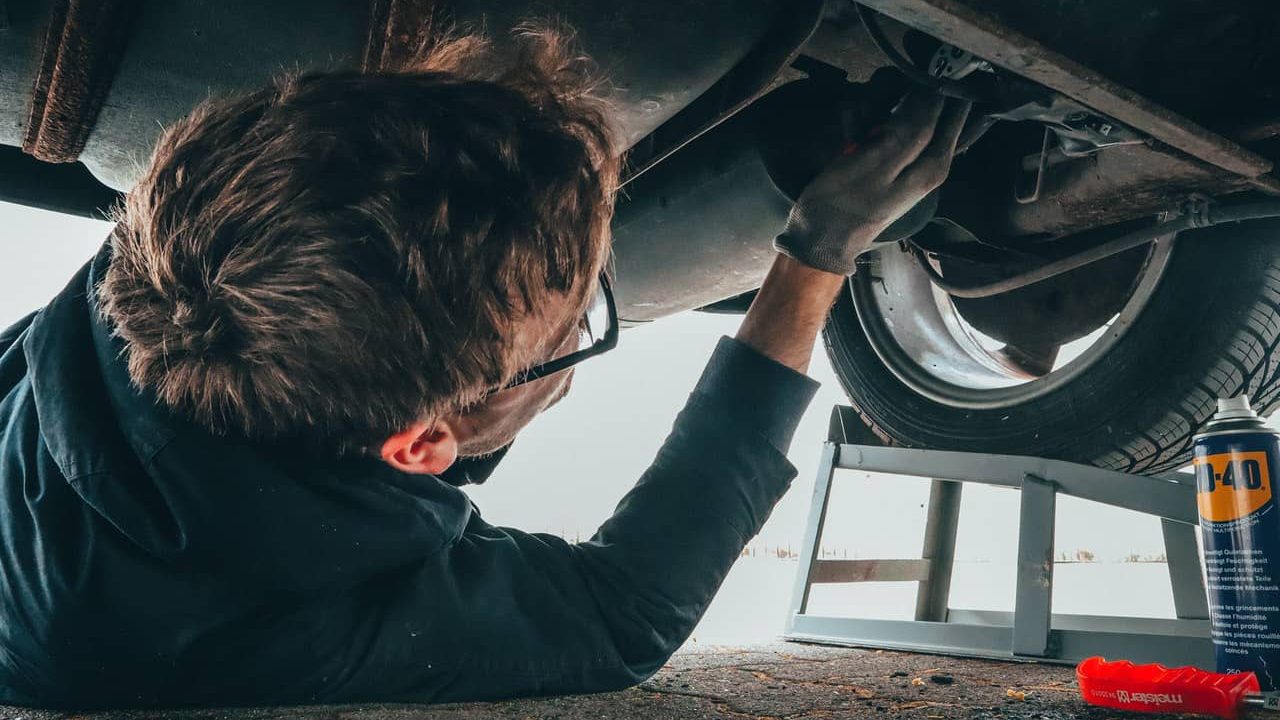
If you had to buy a car today, would you know what to look for? There’s a lot of things that are easy to inspect, like the exterior and interior of the car, or how well it drives, but there are a few other “hidden” things that are a bit more difficult to inspect, but nonetheless are important to the car’s condition.
So here’s a list of 5 hidden things to look for when buying a used car.
1. Exhaust System
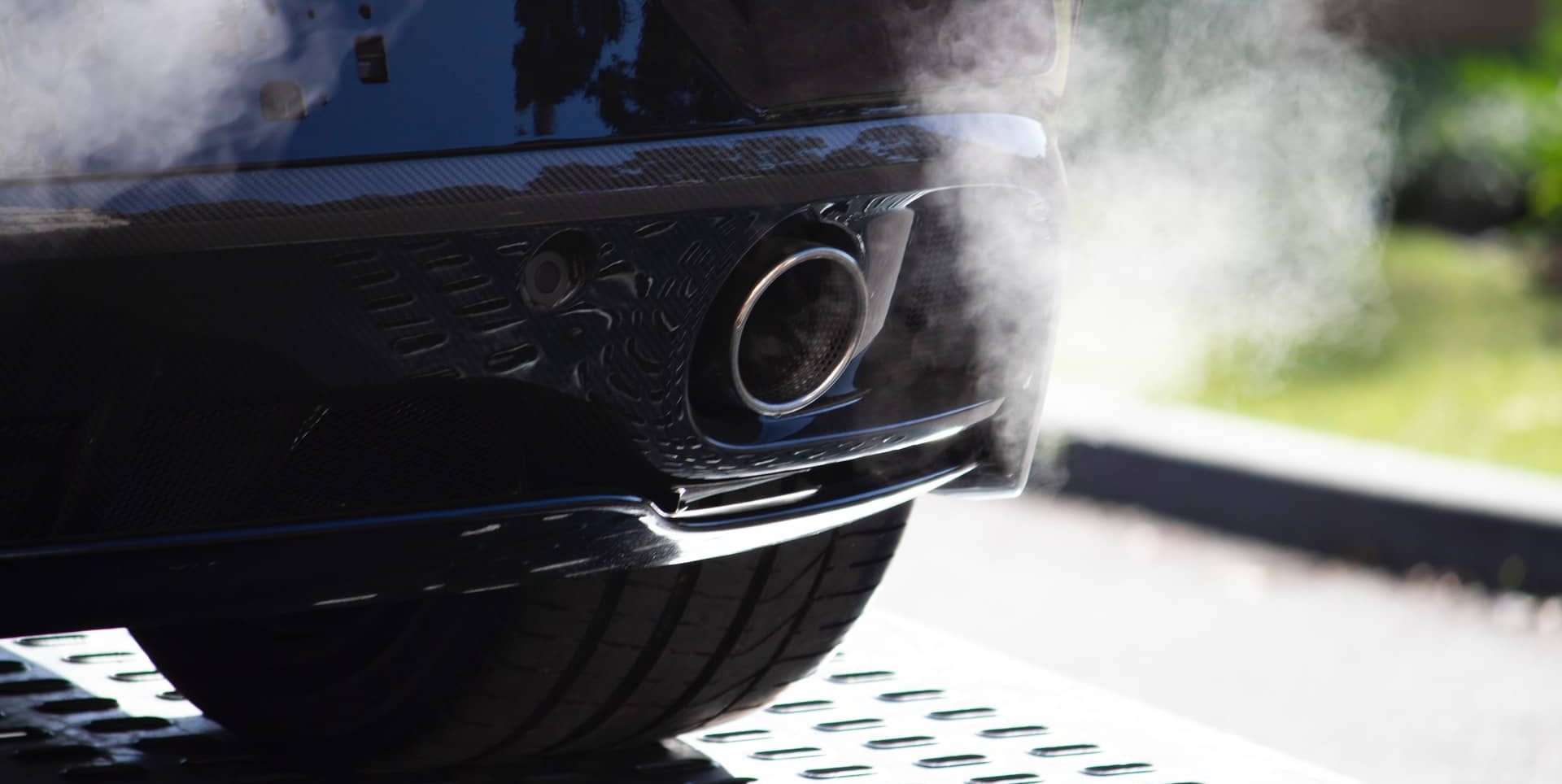
The first of the hidden things is the exhaust system. It sits under the car and is difficult to manually inspect unless you have the tools. However, this system is crucial to the car as it guides exhaust gases away from the controlled combustion inside. It also prevents waste from polluting the inside of the car.
By redirecting the engine waste products into the air, it actually helps engine capacity. So when your exhaust system isn’t functioning at full capacity, the engine won’t be as efficient, meaning you’ll consume more fuel and have, overall, less horsepower.
While it’s difficult to tell the state of the exhaust system if you’re inexperienced with cars, here are some easier to notice symptoms of a damaged exhaust system:
- Overly noisy engine
- Decreased power and acceleration
- Decreased fuel efficiency
- Burning smell from the engine bay
- Hanging exhaust pipe (dragging on the ground)
- Persistent petrol smell
2. Sway bars, Links & Bushings

These are part of the suspension system and are essential to turning. Unless you’re familiar with cars, it may be difficult to spot the sway bars, links and bushings, but they’re an important component of the car that ensure not only your safety, but also the safety of those around you.
The sway bar, also called the stabilising bar, connects the front wheels, and in many cases, the rear wheels too. The stabilising bar system consists of the sway bar itself, stabiliser links, stabiliser link bushings or sockets, stabiliser bar to vehicle frame bushings, and bushing brackets.
It’s designed to allow your car flexibility when turning, so it’ll either rise or lower to similar heights and reduce body roll of the vehicle on curves, sharp corners, and large bumps. Body roll is when more weight is placed on the outside of the cars, which reduces traction and vehicle control, so this system is crucial to ensuring that all your turns are conducted in a safe manner.
To ensure your safety, here is a list of some of the symptoms of a faulty stabiliser system:
- Clunking or rattling noise from the tire area
- Poor handling or loose steering wheel
- Vehicle shakes when you drive it
- Steering is choppy
3. Control Arms & Ball Joints
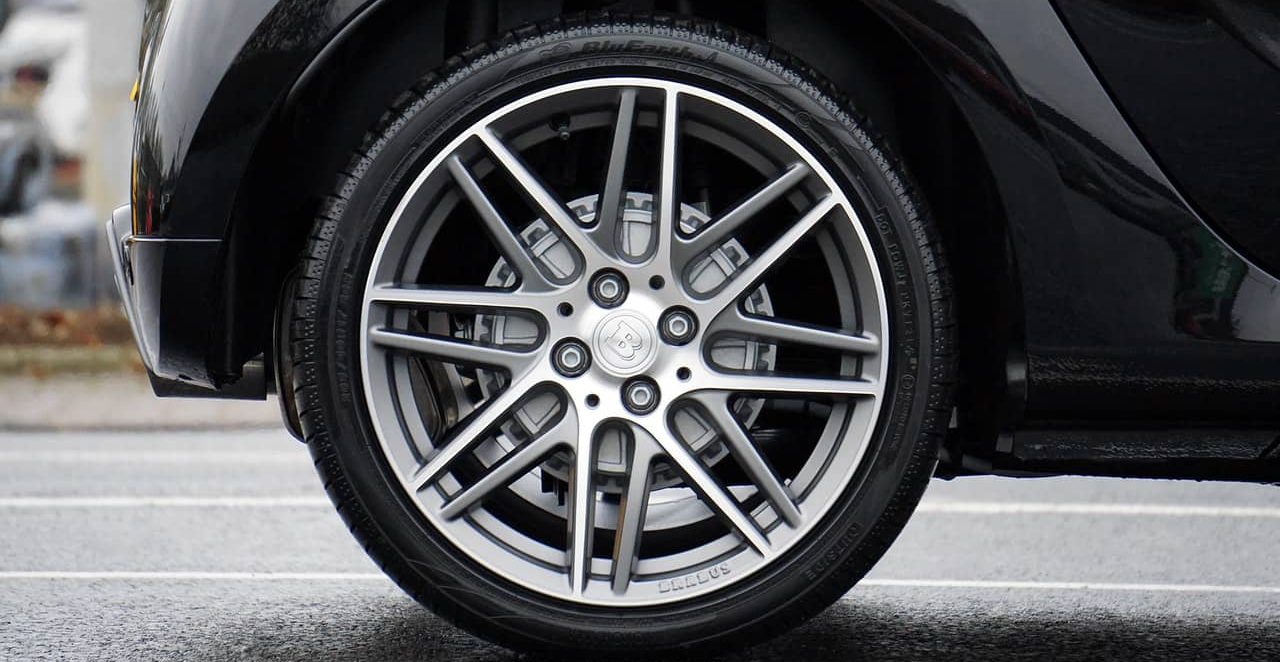
These are the parts that most vehicle owners either have never heard of, or forget. However, they’re another important aspect of your vehicle’s suspension system. They allow the tires to smoothly go up and down in a controlled fashion, ensuring smooth sailing. Without them, you’d have a pretty miserable drive.
Control arms allow the wheels to move up and down while preventing forward and backward movement, and the ball joint connects and holds the front suspension of your vehicle together. The ball joint essentially enables the wheel and suspension to move together, working to give you a smooth ride.
Any damage to them can affect how well your car drives, so here are symptoms of faulty control arms and ball joints:
- Clunking noise that seems to come from the corner of your vehicle
- Sloppy or stiff steering
- Vibration in the steering wheel while driving down a level, straight road
- Vehicle drifts to the left or right when going over bumps.
- Uneven wear on the tires (inner/outer edges of front tires wear out faster than the rest of the read)
4. Wiring
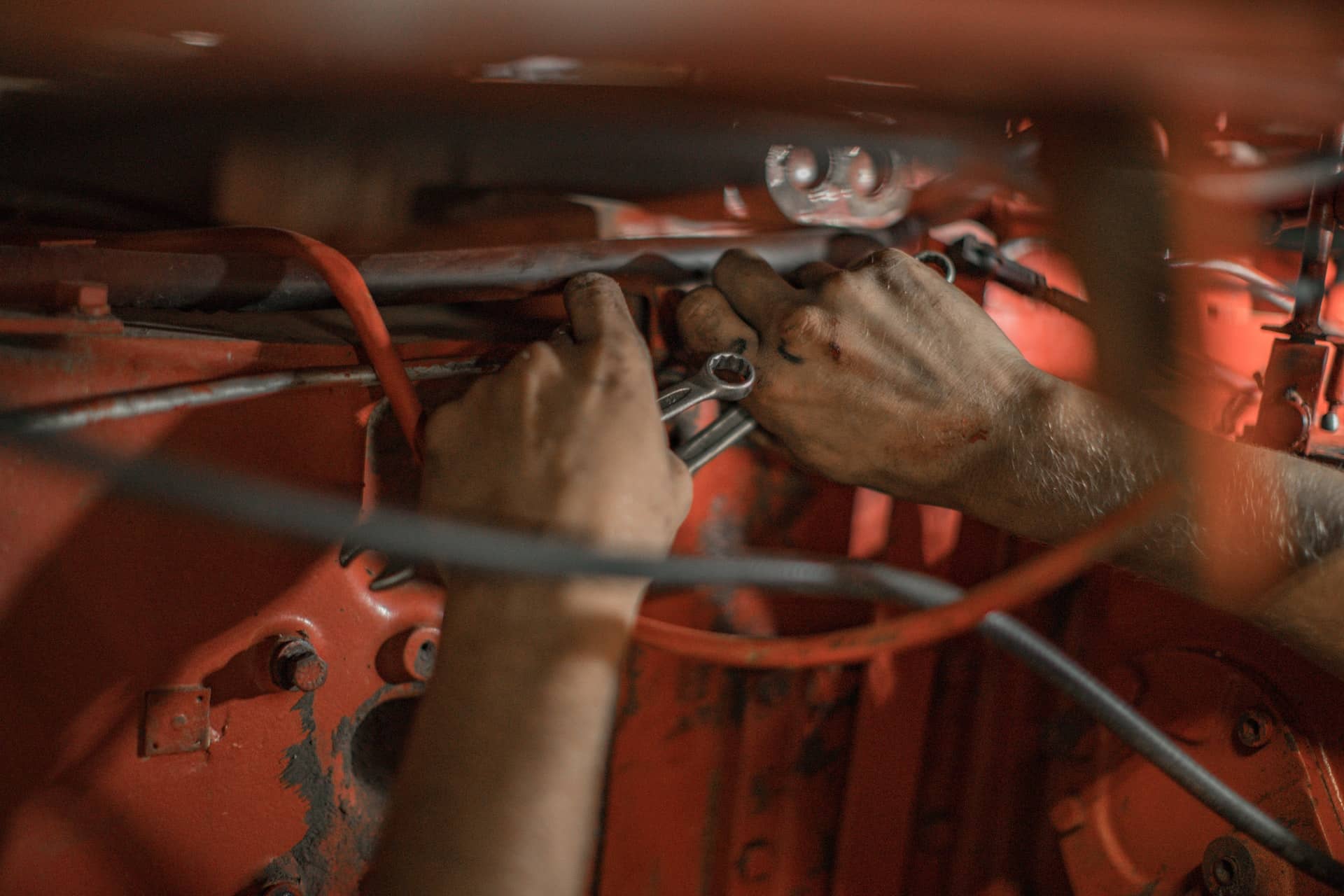
The wiring of a car runs throughout the vehicle and is crucial to ensuring everything runs smoothly. The wiring system distributes power from the battery to devices located all over the car, and many electrical problems in your car can often be traced back to wiring issues.
Because the wiring is hidden, it’s easy to disregard its importance, but wiring issues can cause issues that might require expensive fixes, so making sure you check if the wiring is done properly is key.
Here are some symptoms of faulty wiring:
- Engine won’t crank properly
- There are problems with the battery
- Headlights and other lights aren’t working properly
- Fuses keep blowing out
- You smell burning plastic or electrical insulation.
- The Engine Won’t Crank Properly.
5. Belting
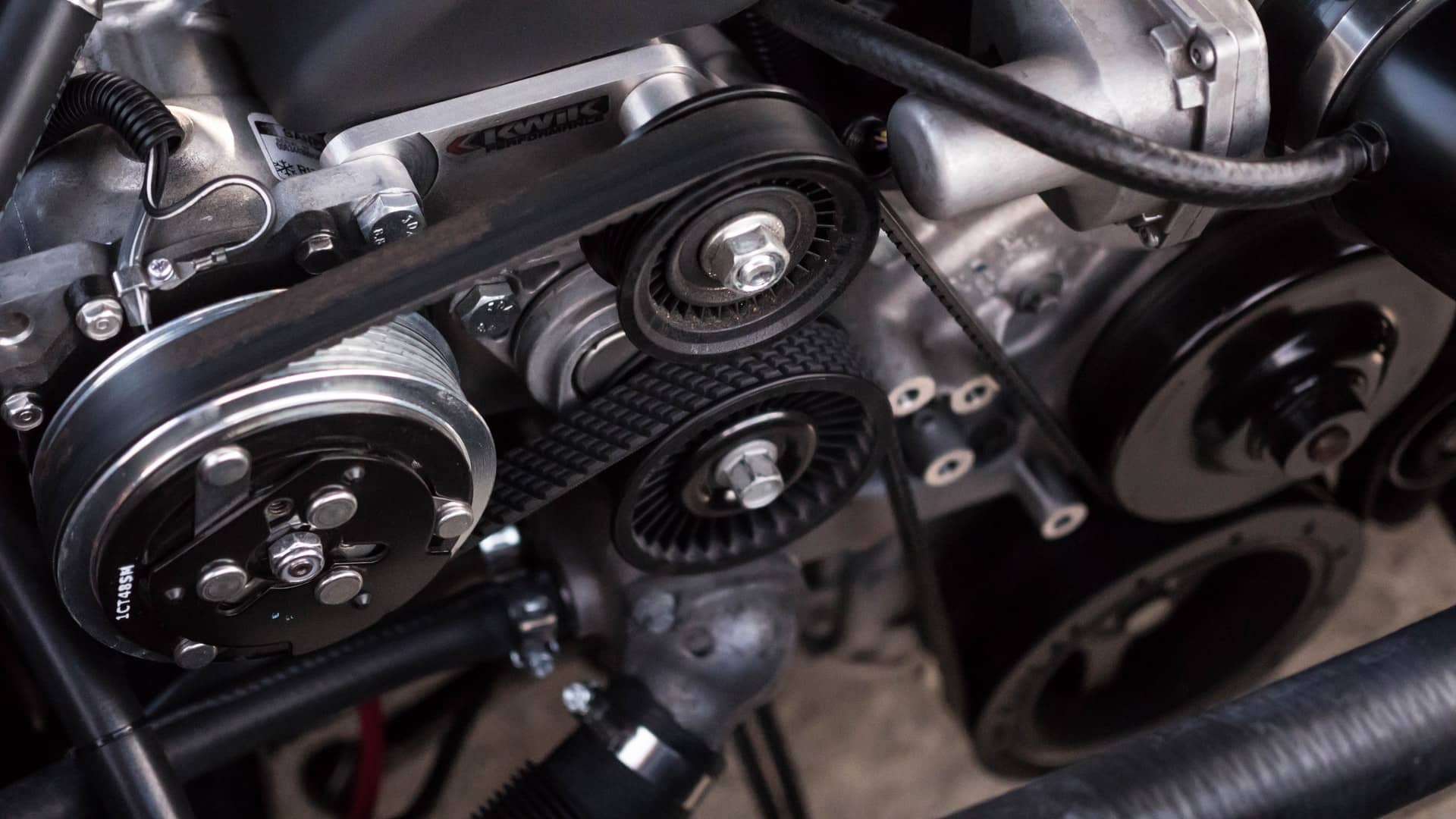
There are two different types of belts: the serpentine belt and the timing belt.
The serpentine belting of a car winds through the engine and carries power to several key components of the vehicle, including the alternator, aircon, and power steering pump. The timing belt synchronises the actions of your camshaft and crankshaft, essentially it ensures that your engine functions smoothly.
The belts are important to the overall health of your vehicle, and should they fail, you may cause extreme damage to your engine, alternator, and power steering pumps.
So, to make sure you avoid this, here are symptoms of faulty belting:
- Squealing noise from the front of the vehicle
- Power steering and aircon not working
- Engine overheating
- Cracks and wear on the belt (physical inspection)
These hidden things are difficult to check on your own. Luckily, Carro is here to help. All our cars are Carro Assured and go through a thorough 150-point inspection check that includes checking on everything listed above and more, assuring you of our cars’ quality. Plus, it comes with a 6-month engine and gearbox warranty, as well as pre-delivery sanitisation.

In addition to Carro Assure, we also have Carro Assure +, which comes with everything that Carro Assure has, as well as a 3-day return policy AND 30-day wear and tear coverage.

So, why buy anywhere else when you can buy with Carro?
It’s quick and easy. Browse our list of cars here!



